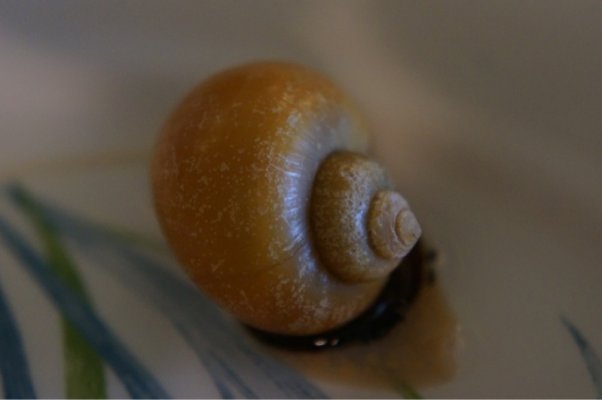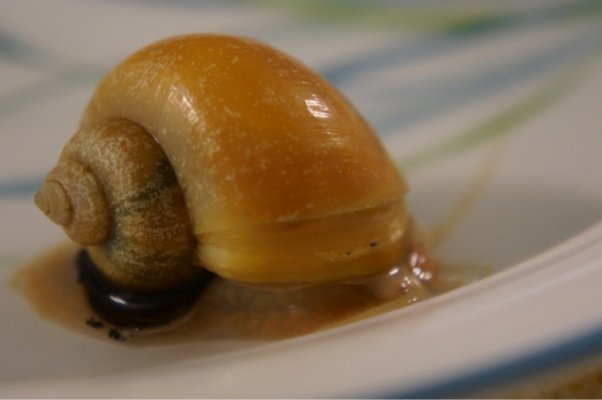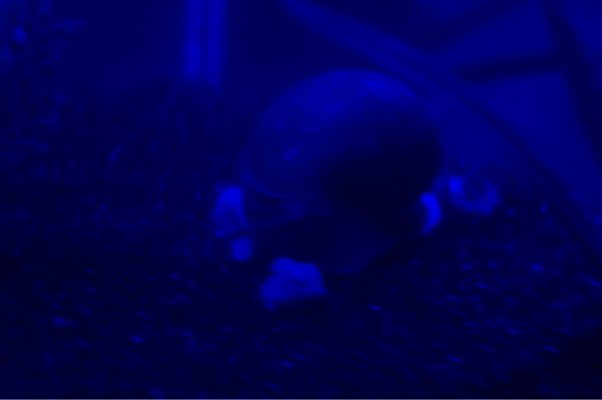iTJ84
Aquarium Advice Apprentice
- Joined
- Aug 27, 2013
- Messages
- 11
I'm new here and also to snail keeping of any kind. I'd gotten a 5 gallon tank from a co-worker that was getting rid of it. I did all the stuff to setup and cycle the tank and waited on the all the parameters to be right before introducing any fish. My plan was to get a few neons for my son and that was gonna be it.
After a trip to the pet store, I didn't like the look of the neons and was "convinced" into getting a mystery snail, well, I was told it was a mystery snail. Not knowing anything about snails, I was told they're pretty easy to care for. "Once the tank was cycled, you're good to go" was the impression I got.
I've had Gary now for about a month and have now realized that I haven't been doing the proper things for Gary.
I have found out the ph in my tank is only about 6.6 and needs to be higher and Gary needs to have a higher calcium diet. I just recently (past 2 days) added a fingernail size piece of cuddlebone to the tank and started using the "Snail-lo" recipes I found on here.
Gary hasn't been acting any different and is cruising around the tank as normal. Today, while doing PWC, Gary was hanging at the water line and part of the shell it was out of the water was dry and noticed little white spots on his shell. Never noticed it until today and only after Gary's shell was dry. Are these results of the low ph and lack of calcium? Will they heal? Is there anything else I can do?
Also, noticed a change in the shell growth along the door. Is Gary growing or is there something else going on with him?
After a trip to the pet store, I didn't like the look of the neons and was "convinced" into getting a mystery snail, well, I was told it was a mystery snail. Not knowing anything about snails, I was told they're pretty easy to care for. "Once the tank was cycled, you're good to go" was the impression I got.
I've had Gary now for about a month and have now realized that I haven't been doing the proper things for Gary.
I have found out the ph in my tank is only about 6.6 and needs to be higher and Gary needs to have a higher calcium diet. I just recently (past 2 days) added a fingernail size piece of cuddlebone to the tank and started using the "Snail-lo" recipes I found on here.
Gary hasn't been acting any different and is cruising around the tank as normal. Today, while doing PWC, Gary was hanging at the water line and part of the shell it was out of the water was dry and noticed little white spots on his shell. Never noticed it until today and only after Gary's shell was dry. Are these results of the low ph and lack of calcium? Will they heal? Is there anything else I can do?
Also, noticed a change in the shell growth along the door. Is Gary growing or is there something else going on with him?



